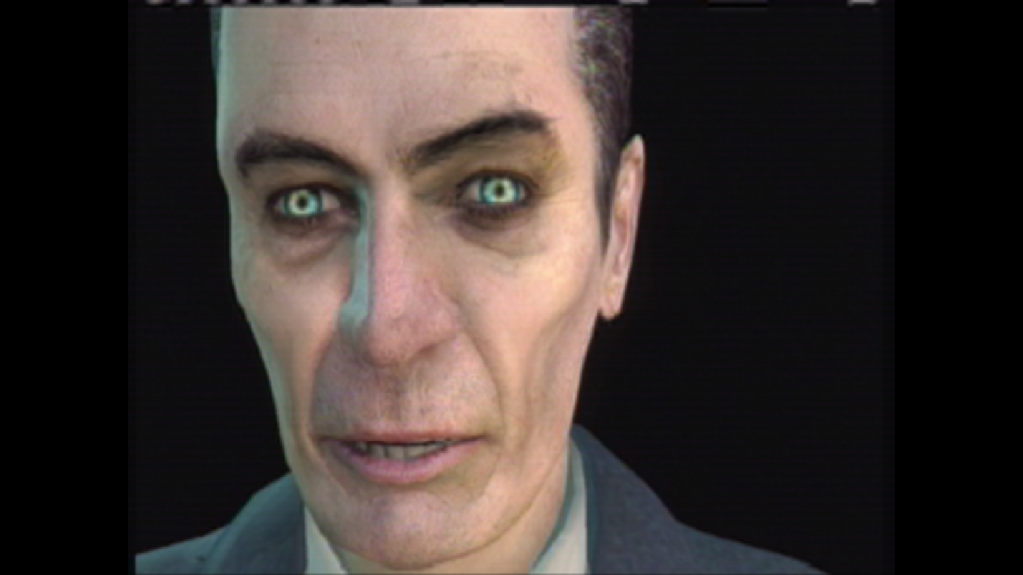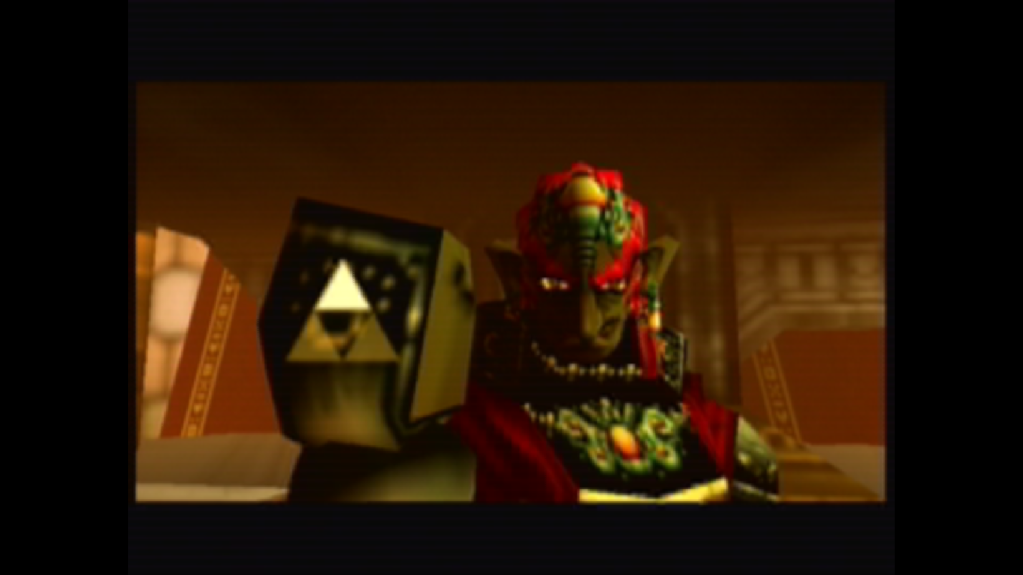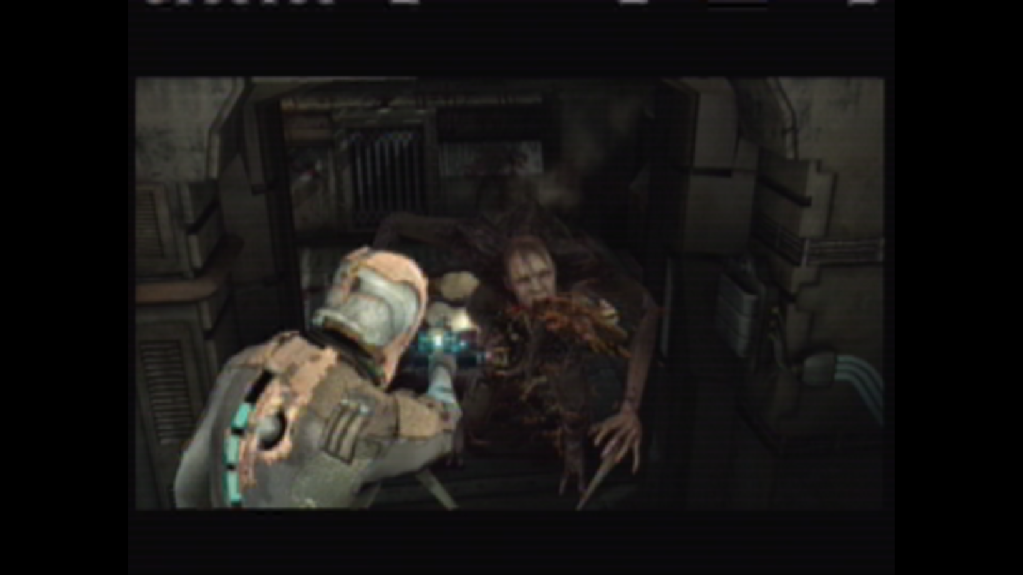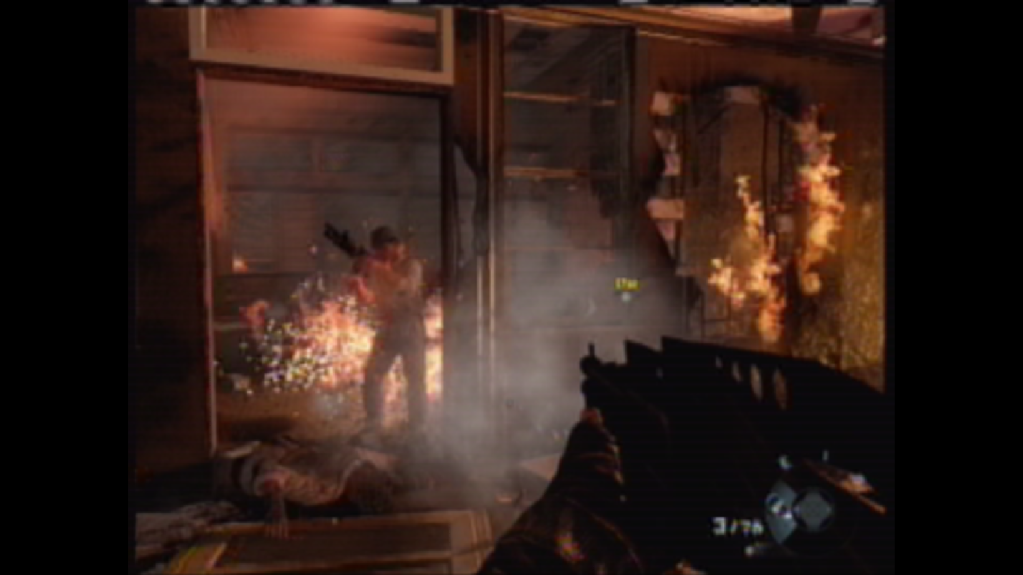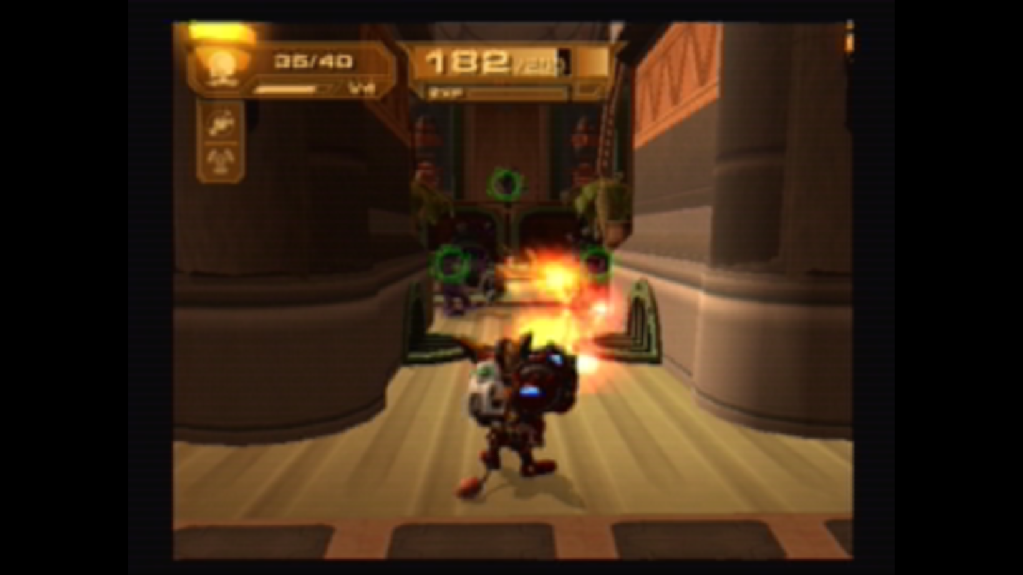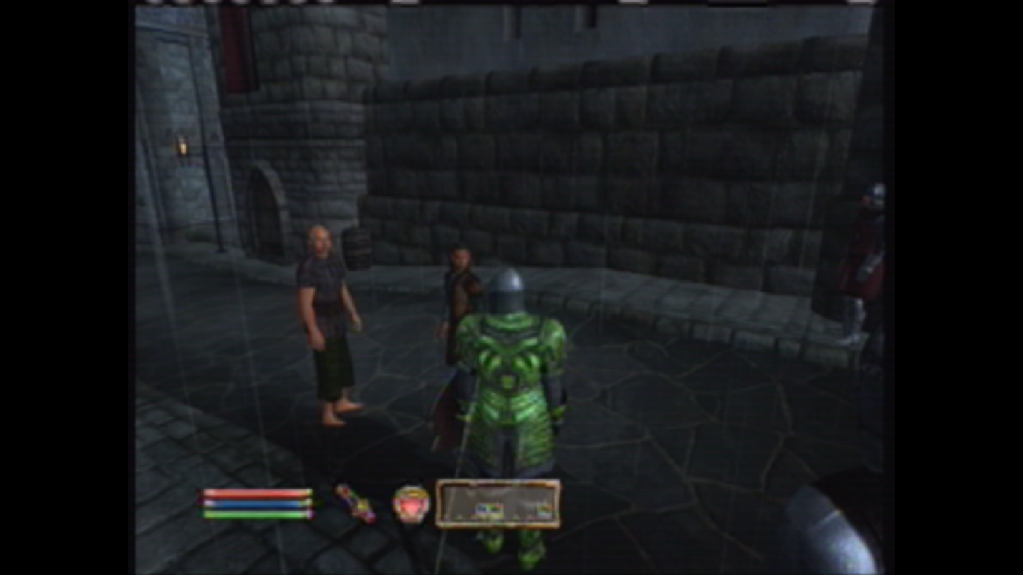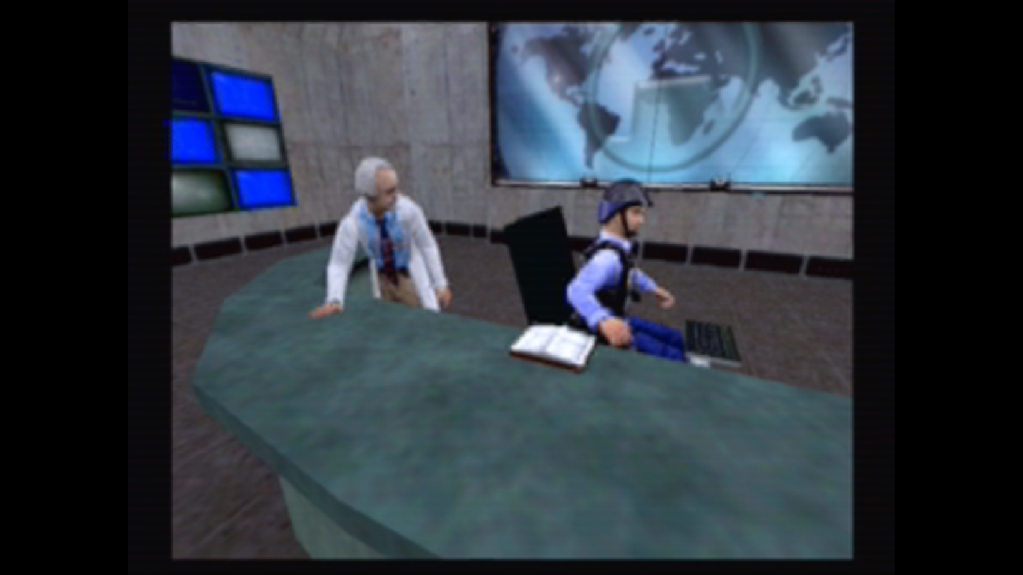The Incoming Generation of Gaming
A teaser trailer was released last week on the Playstation blog for some sort of news; presumably regarding the much-rumored PS4.The technological and social theater of gaming is much different than it was in 2005 and 2006 for the releases of the XBox 360 and PS3. I have a specific prediction for the next generation of consoles, the PS4 in particular. The Nintendo brand of hardware is generally excluded from this, because they have their market figured out.
The Playstation 4 Will be a PC Client
In the vein of Steam and Origin, the PS4 will not likely be a console at all. It may be a highly privileged, very specific service for gaming on the PC whereby gamers will use the client to download the games which Sony publishes, or its installation may be required to play games published by Sony.A few reasons for this prediction:
1. Availability of Technology to the Consumer
In the years since the release of the current generation of consoles, technology has become much more prevalent. The vast majority of the mobile phone market consists of smart phones, which double as internet browsers, triple as music players, and quadruple as gaming systems. A person wanting a PC can walk into a major retailer with less than $400 and walk out with a machine that will run just about any game on the market for the foreseeable future, and this goes without saying the potential for upgradeable components. For a little bit more money, that same customer can get a laptop with the same specs.The high availability of technology makes the release of a future-proof console much less appealing from a business perspective. In order to be relevant, it will have to be sold at a major loss; the PS3 retailed at $600 when it was released, and even then was not profitable without the support of software sales. Now, this model has been the norm since the inception of gaming consoles; sell the system at a loss, recoup the loss and make profit from the sales of software and peripherals. What is different now is that future-proofing a machine will likely put it over the threshold of what is worth the cost of manufacturing.
When the consumer can play games on their phone, PC or their tablet without having to buy an entirely separate system, what is their motivation to buy one? Especially if it is going to be another few hundred dollars. So what if you have God of War and Halo on your consoles? Someone with an iPhone can be entertained for a lifetime from the app store.
2. Resurgence of PC as a Platform
Six months ago, I spent a few hundred dollars on a gaming-quality PC. It can play any and all games on the highest possible graphical settings, and also serves as a sort of entertainment hub. I can stream movies, connect it to my TV with an HDMI output, play DVDs and, if I wanted to, install a Blu-Ray player for about the cost of what one retails. All of my music and games come from my PC, and, since I built it, the only reason I've gone to a console is to play and exclusive like God of War 3 and Final Fantasy XIII, and the upcoming Last of Us. If it was up to me, I'd play them all on the PC and free up some shelf space.Sad to say, but I share this feeling with millions of people who see the obvious benefits of having a gaming-quality PC. In addition to multifunctionality, superior visuals and capacity to host upgrades, most games which are available on consoles are also available on PC for a discounted price. Anyone with Steam or Origin knows that they put up some stiff competition for their hard-copy counterparts, with retail games sometimes selling for a fraction of their cost. In this respect, spending money on a gaming-quality PC is a worthwhile investment, assuming the person in question plays and buys a lot of games.
3. Lack of Console Distinction
In the era of the PS2, XBox and Gamecube, the primary incentive to buy a console was to play games that could not be played anywhere else. Also, the former two played DVDs. Two forces are working against the console market in terms of distinction: the prevalence of third-party publishers and duplicate multifunctionality.Most best-selling games are available on both the PS3 and XBox 360. Madden and FIFA have always been Madden and FIFA, but most releases are multiplatform. Whereas in eras past a gamer could expect to see between four and eight major exclusives per console per year, this number has dwindled to one or two. This argument goes double for the XBox brand, since Halo and Gears of War are about the only franchises that are on the XBox but not also available on PC.
Additionally, the PS3 and XBox 360 have just about all the same extra features. The PS3 can play Blu-Ray movies, but besides that, both of them stream movies and internet radio, store pictures, music and digital-download games, feature voice chat, etc. Besides playing games, there are a lot of reasons to own a PS3 or XBox 360, but most of them are the same reasons. Nobody likes the Kinect and Move peripherals, so even though they sold like hotcakes, producing and marketing games to those who bought them is not likely to see returns. Tablets and PCs have all of these capabilities and more, which makes consoles increasingly redundant.
4. Sony's Behavior as a Company
Sony has been buying publishers. Microsoft has been releasing them. This means that for the foreseeable future, Playstation will be the only franchise with year over year exclusives. While the argument may be posed that strong first-party support for a new console will make it a viable competitor with other electronics, it is countered by asking: why would Sony spend the money to design and manufacture a machine which will be sold at a loss and, when placed alongside its competition, be nearly redundant, when they can simply release them on pre-existing platforms and not have to be concerned with recouping those losses incurred by the release of a major console? Even if they are sold as hard copies for the portion of their market without high-speed internet support, it is still a better option.The Playstation Store is a beast, it is a mammoth digital warehouse, and is constantly being updated with both fresh, new releases and popular games of years past. This model is very similar to Steam, the PC-only gaming service client. With just a little more breadth, the Playstation brand could feasibly be a machine that simply connects to the internet, downloads games, and plays them. Sony is waiting for the opportunity to release new games on the Playstation Store at significantly lower prices, but for the time being they have to "play fair" with retailers to keep their support. If that's all that it does, what makes it different from a PC?
Further evidence of this gravitation is Sony's recently added feature to PSN that allows PS3 and PSVita owners to purchase content from the PSN from a tablet or PC-based internet browser.
5. Microsoft's Nature as a Company
Microsoft publishes Windows, and therefore has an immediate and obvious incentive to want gamers to play games on a Windows operating system. With the resurgence of PC gaming, it could be reasonably stated that Microsoft has been competing with itself.The XBox 360 was the first of the consoles to mimic PC functionality; music and movie player, picture storage, and later on gave gamers instant access to movie streaming services and internet radio, and I've honestly lost count of all the stuff that the current generation of consoles can do besides play games. Seeing as how the line between XBox and PC has become blurred, it would be financially sound to cut off the former to reinforce the latter.
6. Consumer-end Financial Incentive
Videogames started on the PC. The first consoles were released and marketed explicitly to children, but about the time of the SNES/Sega Genesis, the consoles became an alternative, more affordable, mass-produced source of videogames than the PC. At the time, consoles could be purchased for around $200-$300, and by contrast, a real performance PC could cost over $2,000. In twenty years, that margin has decreased, and considering the amount of computational capacity that can be purchased for a dollar, has very much inverted itself. Gigabyte for gigabyte, it is now significantly more economical to purchase a PC than a console. Given that the up and coming generation of consoles would have to be future-proof for at least eight years, that trend is not likely to slow down.7. Computer Literacy
My nine-year old brother has a Nabi: a children's tablet, and he knows how to use it. In fact, he teaches me how to use it properly. The appeal for purchasing a console used to be that there was not hassle with extra features and the need to be technically savvy, but two forces are making this idea obsolete: the first is that everyone, from my grandma and her smartphone to my brother and his Nabi, can at least operate a computer system.From the other direction, the second force is that the user-interface of software and applications on PC has become much simpler than it was even ten years ago. Windows 8, which I do not yet use, makes your start screen look like a tablet. Steam, the gaming client, takes care of literally every aspect of playing games on the PC to the point that, besides logging in, there is no practical difference between playing a console game and playing the same game on the PC. Steam automatically updates and patches all of my games, handles my DirectX, installs everything... I've always been reasonably competent with computer operations, but Steam lets me be lazy and just click my way through installations and the like.
Sony could do the same thing: make a Playstation client, or just call it PSN and Playstation owners can access their online content from their PC.
8. Used Game Lockout Rumors
For about two years, rumors have been circulating that the next generation of consoles will have features that lock out the player's ability to play previously-owned games on their console. These rumors have circulated about Sony and Microsoft alike; all the while, publishers have been taking extra precautions to protect their investments by locking certain portions of their games' content with online passes for multiplayer access, and instantly redeemable codes for bonus content included with new games.PCs have been using one-time use codes for years; I remember installing Starcraft on my 11th birthday in 1999 and needing to use a CD key. It is not unlikely that the same feature will be applied to full retail games. Similarly, digital downloads completely circumvent that problem by their very nature.
9. Small Games vs. Big Games
When XBox Live Arcade and PSN were first launched, they offered old games first. Classic side-scrollers like Sonic and top-down games like Centipede were all that the online services could offer beyond Geometry Wars. Soon, games which were not only new, but awesome, were available on them, like Shadow Complex and fl0w, and now downloadable games are nearly indistinguishable from full-priced retail games. Now, there are only "games," and the distinction of their medium has been all but lost. Such is the quality of download-only games in recent memory.With that, I look forward to Sony's forthcoming announcement. Regardless of the accuracy of my predictions, I'm sure that my favorite publishers and developers will continue to make great games.
What do you think? Leave a comment, and let me know!
